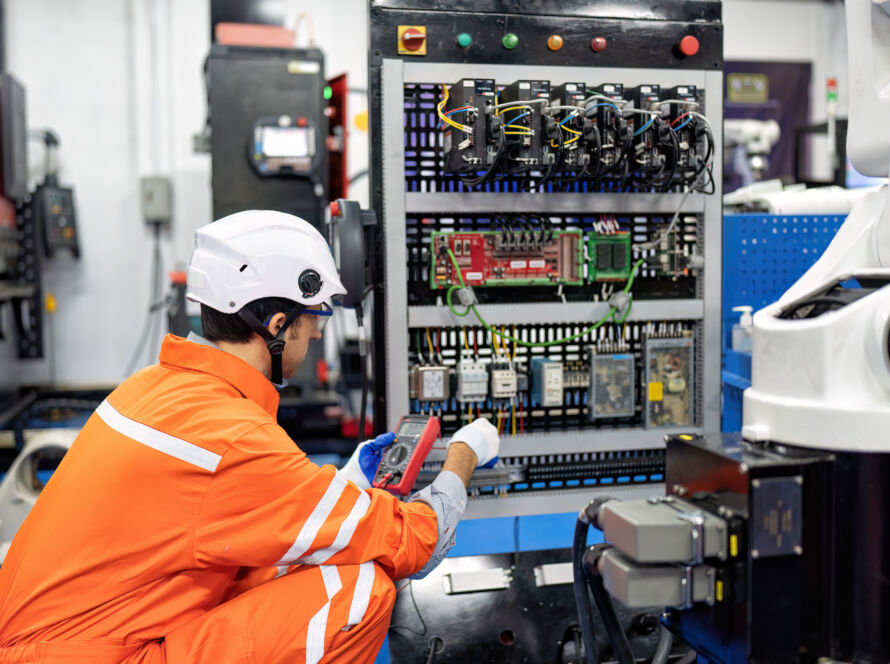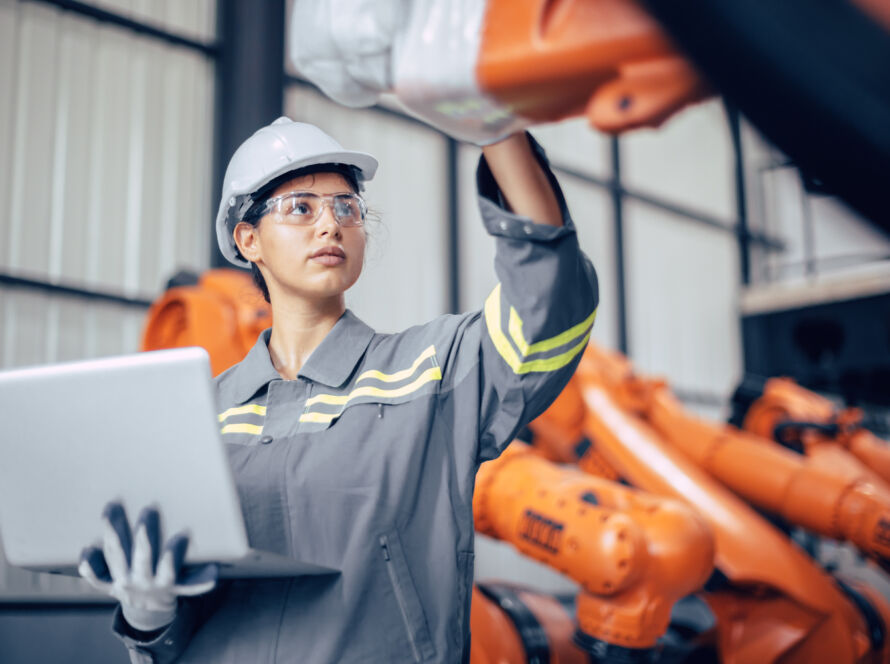Introduction
In 2025, businesses across the United States and beyond are rethinking how they protect their control panels. Choosing the right enclosure is more than a purchase decision—it’s about ensuring compliance with safety standards, extending lifespan, and protecting valuable electrical components from environmental conditions.
The National Electrical Manufacturers Association (NEMA) and the International Electrotechnical Commission (IEC) have established Enclosure Ratings like NEMA ratings and IP ratings, which help define the degree of protection against dust, water, and other environmental hazards. Understanding these is the key to selecting the proper enclosure for your specific needs.
What is an Industrial Enclosure?
An industrial enclosure is a protective housing designed to shield internal components such as circuit breakers, power supplies, Terminal Blocks, and programmable logic controllers. By preventing electrical hazards like short circuits, overheating, or equipment failure, these enclosures form the backbone of safe automation systems and industrial applications.
They can be Wall-Mounted Enclosures, Free-standing enclosures, or modular solutions customized for larger systems in industrial settings such as power plants, data centers, and industrial automation facilities.
Key Factors to Consider When Choosing an Enclosure
1. Enclosure Material
Material Selection is critical. Options include carbon steel, stainless steel enclosures, metal enclosures, metallic enclosures, and Fiberglass reinforced polyester. Each offers unique protection against environmental factors like corrosion or extreme temperatures.
A powder coating finish is often applied to metal housings to improve durability. For harsh environments or outdoor use, corrosion-resistant stainless steel enclosures are preferred.
2. Size and Future Expansion
Consider current space and potential future upgrades. Undersizing leads to space constraints, overheating, and limited easy access for maintenance. Planning for future expansion ensures the enclosure can adapt to new control components and added pushbuttons or touchscreens.
3. Environmental Conditions
Evaluate environmental conditions such as dust, water jets, or high-temperature areas. Ingress Protection ratings, including IP ratings and NEMA 4, clarify resistance against environmental hazards. For indoor use, Wall Mount or compact Wall-Mounted Enclosures often suffice. For outdoor use, rugged stainless steel enclosures or Free-standing enclosures are recommended.
4. Safety Standards and Compliance
Compliance with UL 508A, the National Electrical Code, and international industry standards guarantees that the enclosure solutions meet strict safety requirements. These standards help reduce electrical hazards and protect workers.
5. Thermal Management
Efficient thermal management ensures proper airflow, heat dissipation, and cooling. Air conditioners, air conditioning, or built-in back panels can protect internal components from overheating. In facilities with high-voltage loads or industrial environments, this is essential to prevent equipment failure.
Popular Types of Industrial Enclosures in 2025
- NEMA 1 – General-purpose, prevents accidental contact with live parts.
- NEMA 4 – Protects against dust, rain, and water jets, common in industrial environments.
- Stainless steel enclosures – Used in industrial use and harsh environments.
- Wall-Mounted Enclosures – Compact, efficient for indoor use and smaller automation systems.
- Free-standing enclosures – Ideal for larger systems requiring flexibility.
- Modular enclosures – Flexible enclosure solutions that can be adapted for future expansion or specific needs.
Benefits of Choosing the Right Enclosure
- Protection of electrical equipment – Keeps internal components like circuit breakers safe from environmental hazards.
- Enhanced safety – Meets safety standards, minimizing electrical hazards and ensuring compliance.
- Improved reliability – Prevents equipment failure in industrial environments and supports continuous operation.
- Efficiency in process control – Supports Process Control systems, Human-Machine Interface, and automation systems for industrial automation.
- Durability – Resists extreme temperatures, moisture, and other environmental factors to extend the lifespan.
Mistakes to Avoid When Selecting Enclosures
- Ignoring environmental conditions such as dust, chemicals, or harsh environments.
- Choosing the wrong Enclosure Ratings or misinterpreting NEMA ratings and IP ratings.
- Underestimating future expansion and future upgrades.
- Overlooking safety requirements and compliance with industry standards.
Where to Source Reliable Enclosures
When sourcing enclosures in the United States or globally:
- Partner with electrical enclosure supply chains that provide certified solutions.
- Choose distributors offering both Wall-Mounted Enclosures and Free-standing enclosures for different industrial applications.
- Look for easy access designs that simplify maintenance and support proper enclosure installation.
- Consider enclosure need for indoor use or outdoor use and match with NEMA ratings or IP ratings.
Conclusion
How to Choose the Right Industrial Enclosure for Control Panels in 2025 comes down to careful consideration of enclosure material, Enclosure Design, compliance with UL 508A, and safety requirements. From modular enclosures for future expansion to rugged stainless steel enclosures for harsh environments, the right enclosure ensures compliance, durability, and reliability.
By factoring in environmental conditions, thermal management, and Enclosure Ratings, companies can avoid equipment failure, protect electrical systems, and secure control panels for industrial automation and Process Control.



